Community, to me, means being in relation with people and place. My community is where I’m from—the people, the lands, the waters—community is being in kinship with them, having a reciprocal relationship.
I belong to the Inupiaq community of northwest Alaska; I am Kingikmiut. I am also part of the queer community—the folks who I have gravitated towards as a queer individual in the process of trying to find what some people call my “chosen family.”
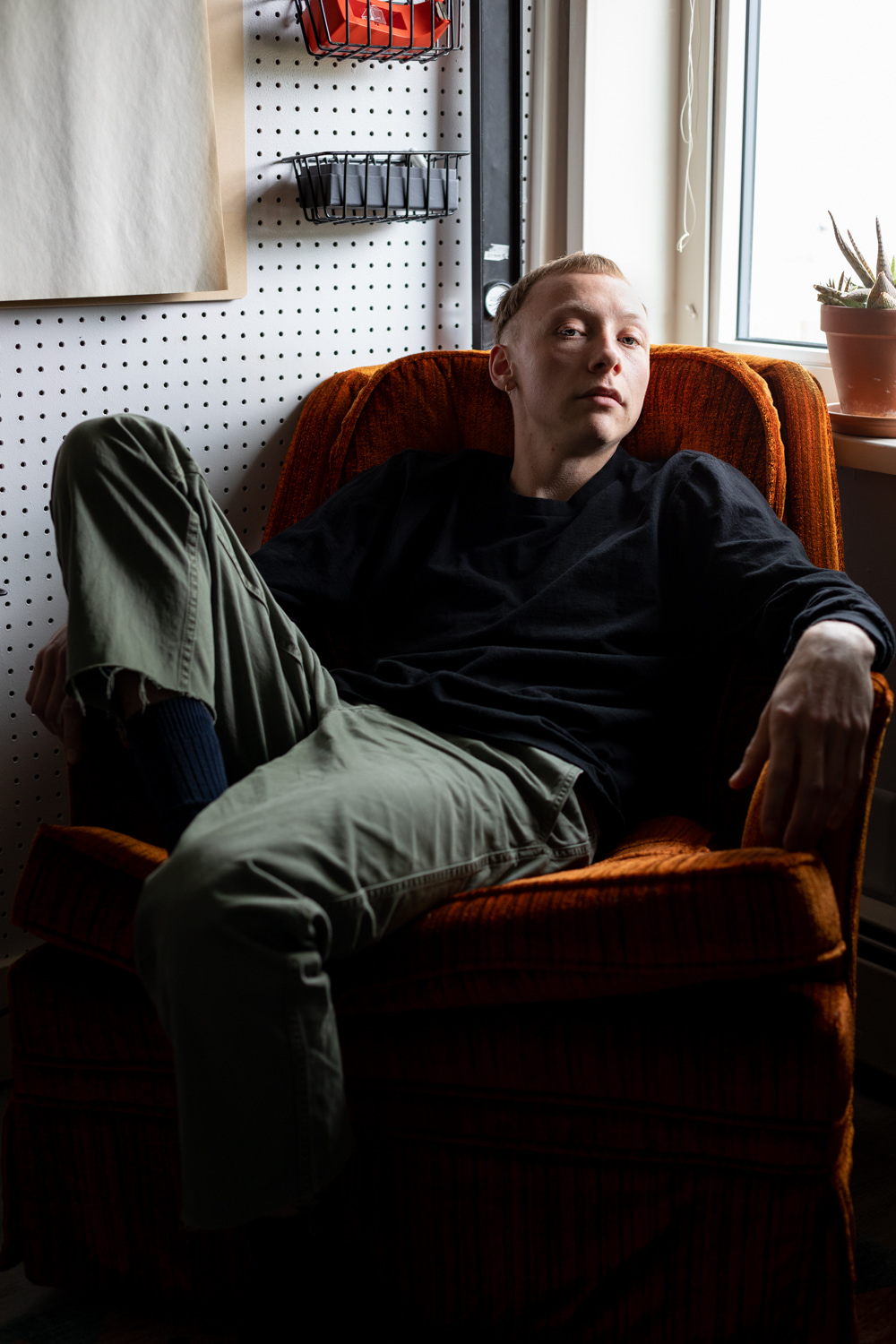
Credit: Jenny Irene Miller
I’m interested in the photographic medium, particularly portraiture, and its ability to share stories. I’ve always been fascinated by people—learning from people by listening and observing them. So, I naturally gravitated towards photography as my main artistic medium. Photography provides a space for me to practice a form of careful observation that runs deep in the Inupiaq culture I come from. I see photography as a magic medium that has the ability to connect people across time and space.
My collaborator on Dear Kin, a project opening at the Anchorage Museum in Anchorage, Alaska, on Oct. 4 (with support from Native Movement), is Alexis “Alex” Anoruk Sallee, an incredible filmmaker and audio engineer who is also Inupiaq and part of the LGBTQ2S+ community. (We’re also both from northwest Alaska, which means a lot to me, to be working with someone from the region I’m from.) We met several years back—we’ve wanted to work together since learning about each other’s work, but it was only this past spring that Alex connected with me about a project idea. One of my past projects, Continuous, a photographic portrait series featuring Indigenous LGBTQ+ and Two-Spirit peoples and our stories that I started in 2015, aligns with the work of Dear Kin. Alex and I were excited to work together; I’m thankful for the opportunity, and for the support from Native Movement. Dear Kin is a storytelling project that highlights individuals from the Alaska Native Two-Spirit and LGBTQ+ community through video and portraiture.
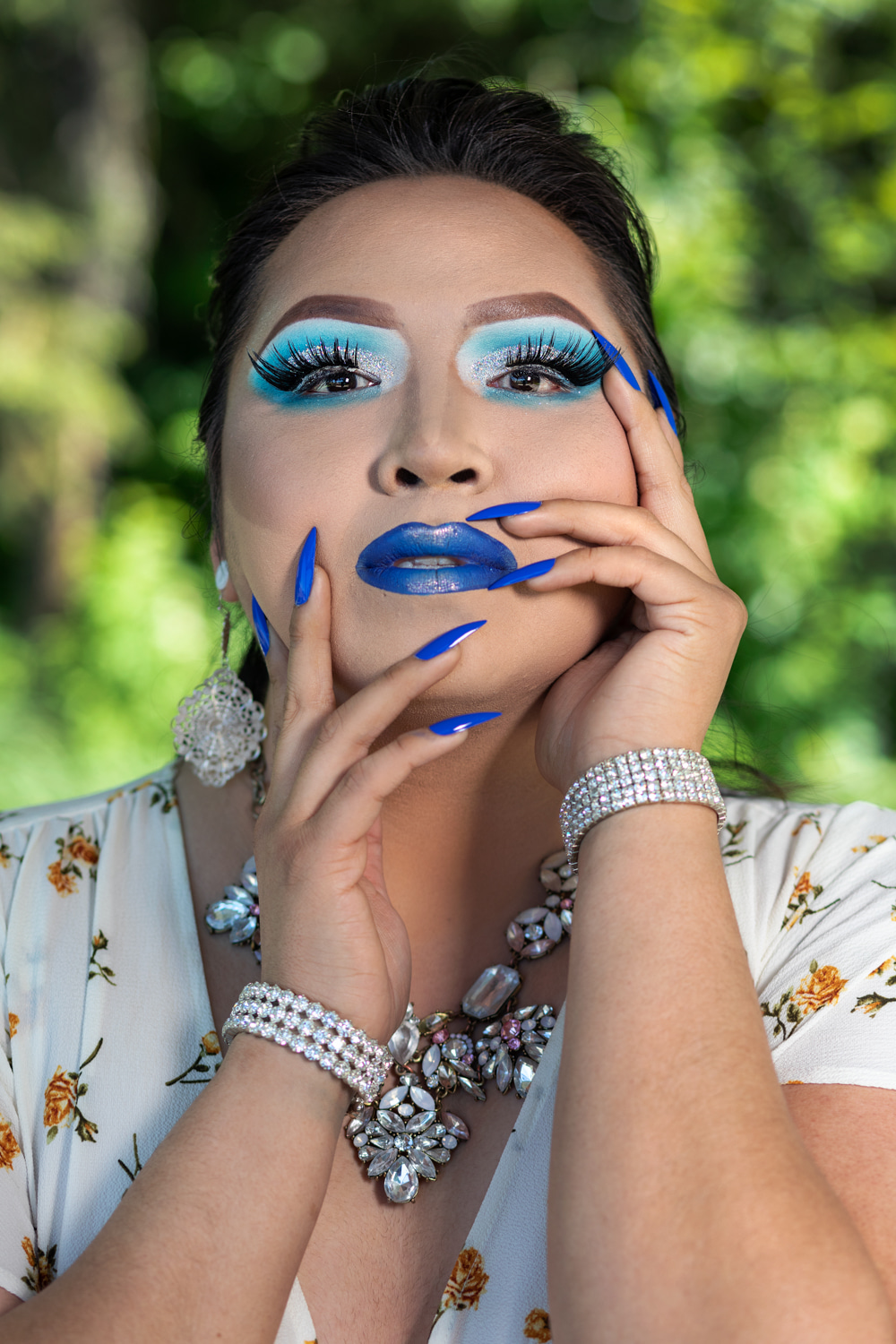
Credit: Jenny Irene Miller
The people featured in Dear Kin are doing critical work within their own communities and beyond. It’s important to recognize the strength it takes, especially in small communities, to be out as a queer person, and one must understand that it is also a privilege to be out. It’s not always safe to be out. This group of people is incredible—they are artists, musicians and teachers, they are parents. They are working to revitalize their Indigenous languages and reactivate cultural art processes and ways of being. To Alex and I, these folks have important stories to tell. And they have a strong relationship to their own communities. The people featured in Dear Kin are dear to the Indigenous queer community.

Credit: Jenny Irene Miller
Each person is featured in a short video directed by Alex and shot by both Alex and cinematographer Emma Agnes Sheffer, where they tell their own story in a voiceover. And each person has a portrait made by me (five of the 10 portraits are shown here). The videos are going to be exhibited on a big screen and the portraits I made, printed in a large format, will be installed on the walls leading into the theatre, as if the people in the portraits are welcoming the viewers. In my art practice, I’m exploring how my work can take up space, from the size of the photographs to the form a body of work takes as an exhibition, while also thinking about how to centre Indigenous and queer stories. So, with Dear Kin, we’re claiming that space and we’re making room for others to take up that space, just as my Inupiat ancestors and other Indigenous artists and community members have done for me, allowing me to even be here now doing this work. Each person featured is physically taking up space in the museum gallery that historically wasn’t designed for people like us. We plan to release the portraits and videos online after the exhibition at the Anchorage Museum to make them more accessible.
“I see photography as a magic medium that has the ability to connect people across time and space.”
Each person in the portraits I have made is returning the gaze of the viewer. And I feel that is important: it puts the power back to the person featured in the photograph. It conveys the message, “Hey, I’m here and I see you.”
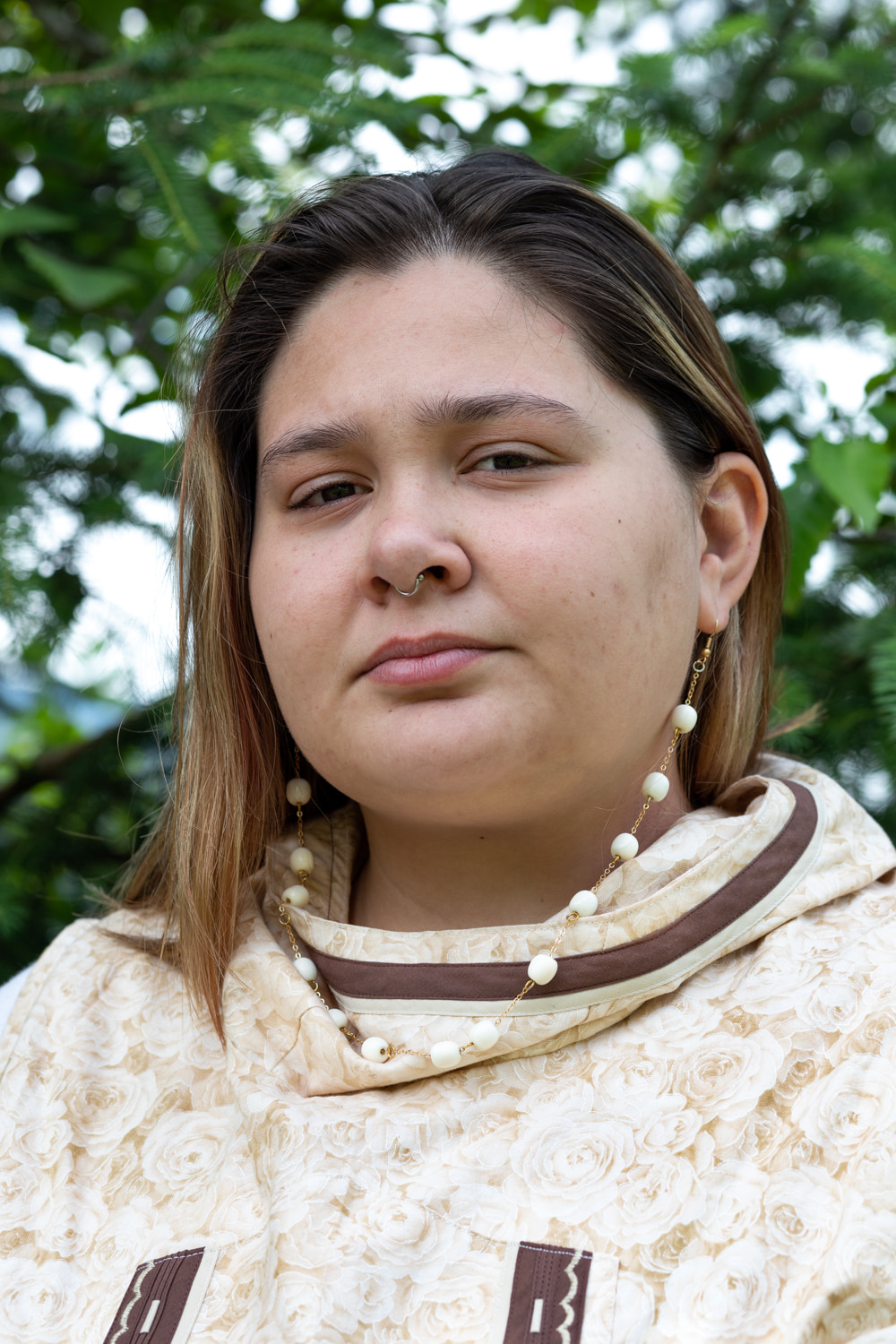
Credit: Jenny Irene Miller
Indigenous peoples have and continue to work towards making our communities healthy and just again through efforts based in decolonization. And I believe that a healthy and just community includes our LGBTQ+ and Two-Spirit kin, many of whom have been rejected by family and by community due to the changes brought on by colonization (past and present) and forced assimilation. Indigenous feminism teaches us that queer and gender diverse people are integral to our communities and recognizing that is key to a balanced community and Indigenous sovereignty.
Alex and I talked about the project’s title, Dear Kin, as being a letter to past, present and future Indigenous queer relatives. In the present, we are celebrating these people and elevating their stories. We’re honouring past Indigenous queer relatives who maybe werent afforded the opportunity to be out. And as for the future, these videos and photographs will become part of a greater archive. Future generations will have people in their community to perhaps look up to and to learn from.
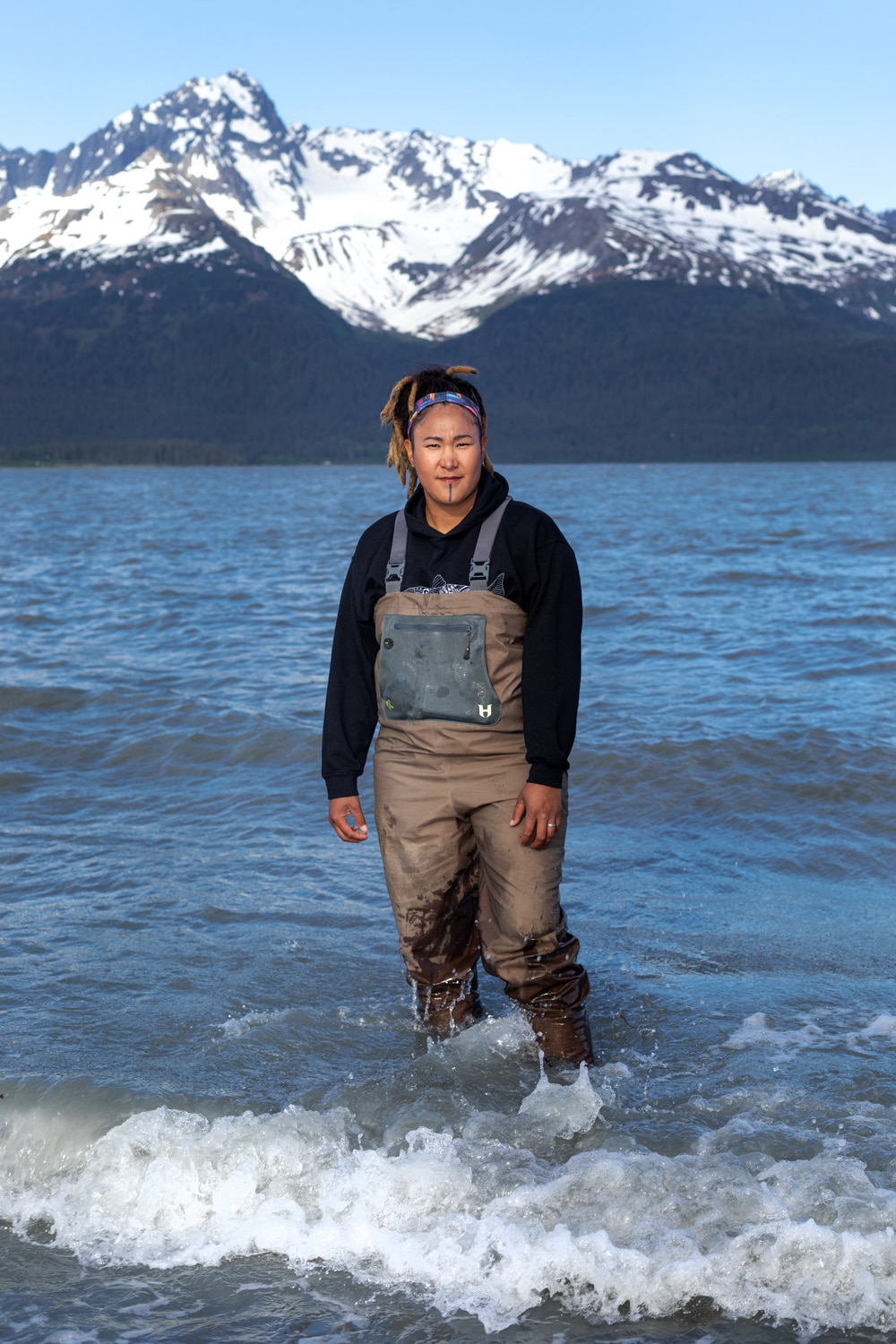
Credit: Jenny Irene Miller
The people featured in Dear Kin are inspiring. It was so special to be able to spend time with each of them and their families. I wish I knew these stories as young queer person. Alex and I hope that this project will resonate with others. We know that there is a great need for more queer Indigenous stories to be out in the world. Dear Kin is a part of that.
This story is based on a phone conversation that was edited for clarity and length.
Dear Kin runs Oct. 4 to 31 at the Anchorage Museum in Anchorage, Alaska. On Oct. 15, there is a special video presentation beginning at 6 p.m. AKST, followed by an online panel discussion with the artists and some of the participants at 7 p.m. AKST on the museum’s website.
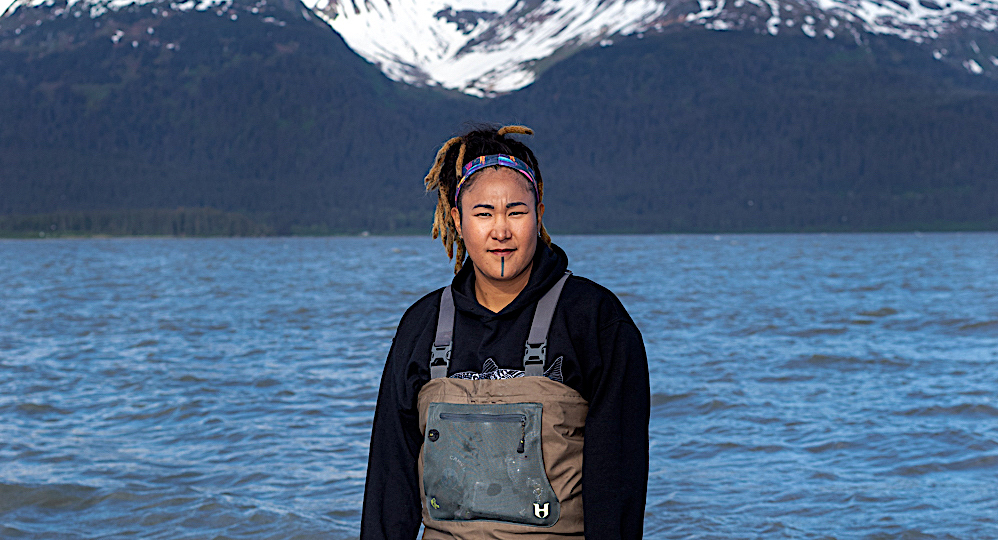
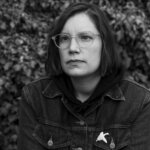
 Why you can trust Xtra
Why you can trust Xtra


